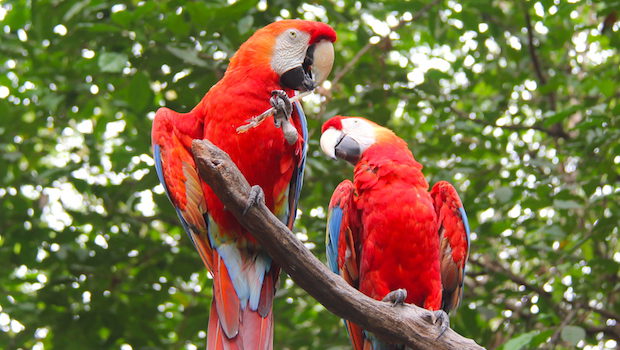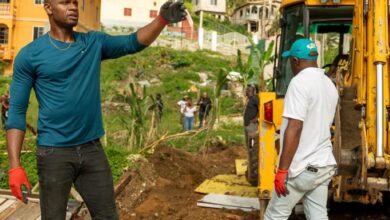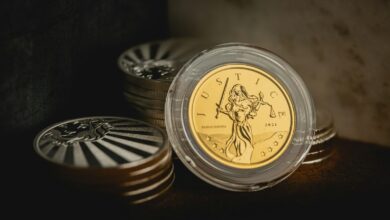Animals and architecture make Guayaquil’s Parque Histórico worth the trip


As the largest city in Ecuador, Guayaquil is an important hub for business and transportation. It’s also home to an increasing number of interesting tourism attractions. During my most recent visit to this bustling metropolis to moderate a panel at SAHIC: The South American Hotel & Tourism Investment Conference (check out my insider conference tips on where the best hotel deals are in South America), I paid a couple visits to one of the city’s largest attractions: Parque Histórico.
While the name of Parque Histórico obviously means Historic Park, the attraction itself is relatively new; it was built in 1997 by the Central Bank of Ecuador. It’s what’s inside that’s historic: reconstructed landmark architecture, cultural exhibits and presentations, as well as an array of wildlife that may not be history-related, but is certainly interesting.
At this eight-hectare Guayaquil attraction, you can easily spend an entire morning or afternoon wandering tranquil paths (tranquil, that is, unless there’s a school group touring) and viewing a surprisingly diverse array of sections. Part of the goal of the park is to recreate the culture of the province from the 19th and early 20th centuries.
In the urban architecture area, you’ll find beautifully reconstructed and refurbished buildings from the turn of the last century, when Guayaquil became wealthy from exporting cocoa. There’s even a streetcar that visitors can ride. Among the architectural gems are the Julian Coronel house, which was built between 1899 and 1900, and the Territorial Bank, which dates to 1886.
The largest single piece of architecture in the park is now arguably Guayaquil’s most luxurious boutique hotel: Hotel del Parque. Set within a Catholic-run nursing home built in 1891, the property has been revamped beautifully, with two courtyards and a lovely chapel.
Also new is the cacao museum, which is set in a carefully restored and reconstructed San Juan hacienda. Built in 1882 in the parish of San Juan de Pueblo Viejo, the impressive home was abandoned by 2000, then dismantled and moved to the park. Today, its interior provides a fascinating glimpse at life of a bygone era. On weekends and special holidays, costumed performers do presentations about life on the hacienda and the chocolate-making process. In the nearby gardens and farm area, visitors can learn about age-old farming traditions — and there’s also a traditional farmhouse, complete with few resident pigs and chickens.
Also worth a stroll is the wildlife area, which features about four hectares of open-air animal habitats for a variety of local and imported animal species, ranging from spider monkeys and tapirs to crocodiles and colorful parrots.
Located in Sambodrón, the park can be reached by car, taxi or via boats that ply the tourist route along the river, connecting the park with the Malecón waterfront in downtown Guayaquil as well as the city’s train station, where tourist trains depart and arrive. Most Guayaquil tour companies also offer excursions that include visits to Parque Histórico.





